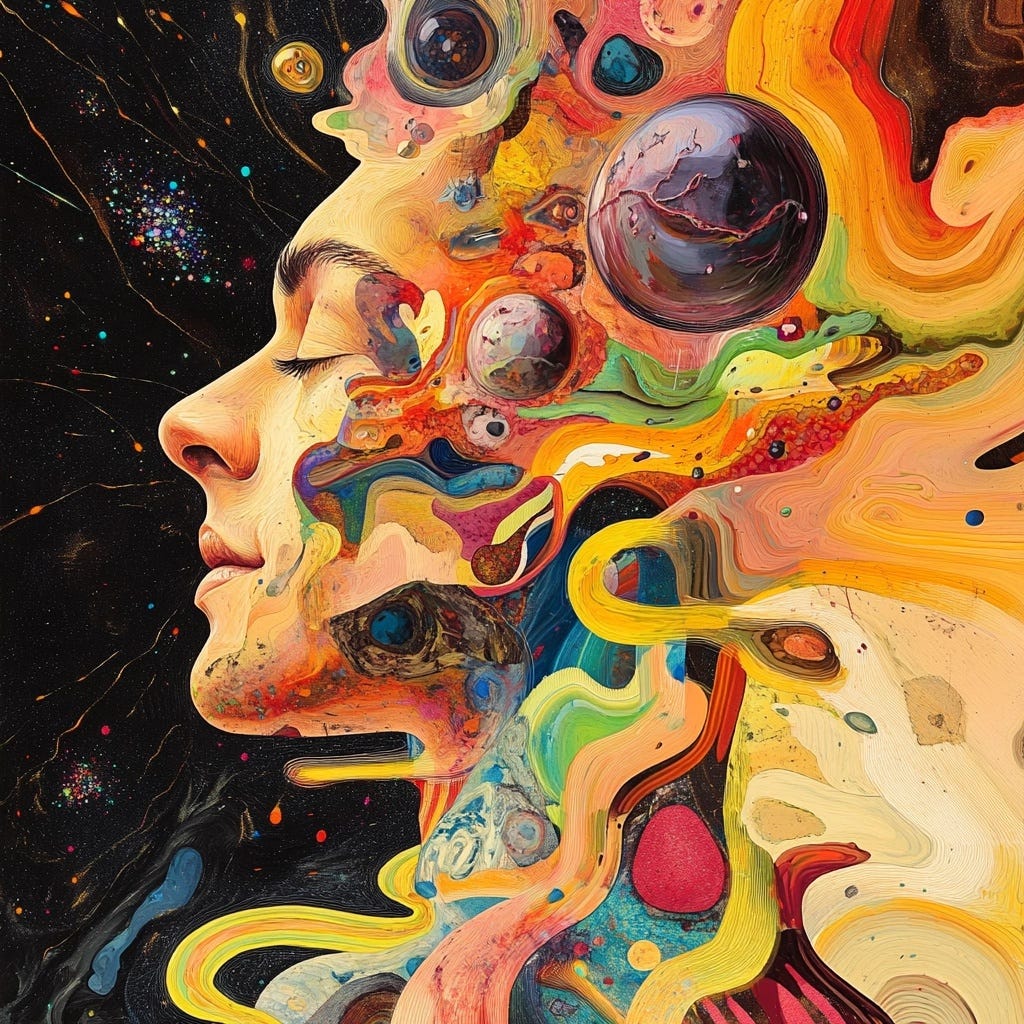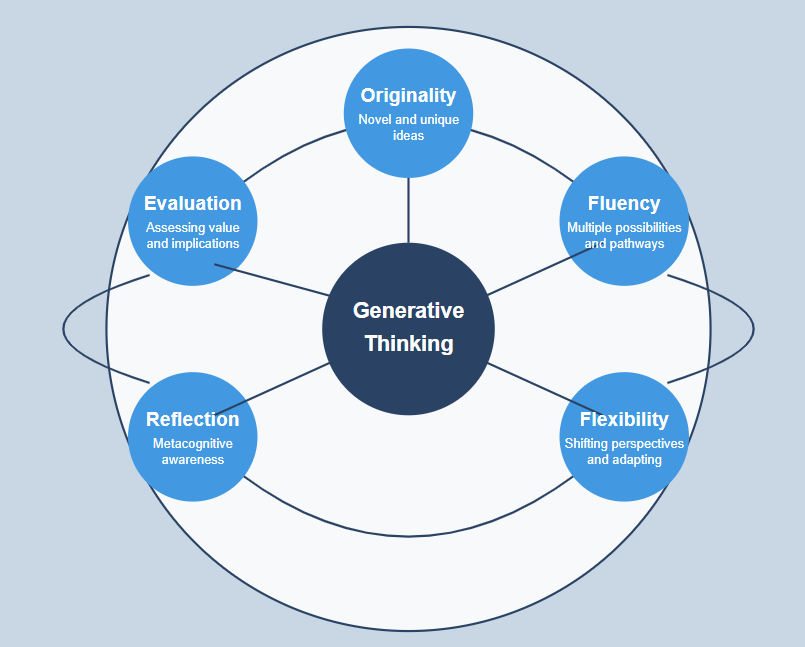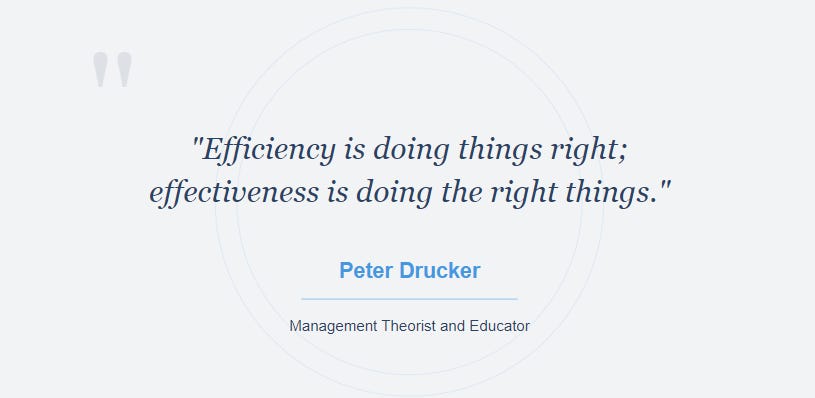Beyond Efficiency: How AI is Unleashing Generative Thinking in Education
When Students Use AI to Design Their Own Learning: Two Recent Classroom Stories
On Wednesday November 20th, Mike Kentz and I will be joined by Rob Nelson for a LinkedIn Live discussion of our recently released book; “AI in Education: A Roadmap for Teacher-Led Transformation.” You can register here. We look forward to seeing you there!
Thank you for your continued support of Educating AI!!! Please consider becoming a paid subscriber.
Take advantage of the yearly rate discount. $50 at year = $4.16 per month.
Transform Your School's AI Culture
Immersive. Collaborative. Reflective.
Two Pathways to AI Excellence:
Foundational AI for Educators
Essential classroom tools
Immediate application
Advanced AI Differentiation
Master personalized instruction
Lead your school's transformation
School Package: Enroll your team, get a free AI workshop
Free strategy sessions & implementation support available.
Transform your school's AI readiness: nicolas@pragmaticaisolutions.net
Framing Today’s Conversation
The conversation around AI in education has been dominated by automation anxiety and efficiency promises. But something far more interesting is happening in classrooms where teachers and students are embracing AI not as a shortcut, but as a catalyst for what I call "generative thinking" - a transformative approach to learning that's reshaping how we understand knowledge creation and problem-solving.
Generative thinking refers to the cognitive process of generating new ideas, solutions, or products by exploring multiple possibilities and perspectives. It is characterized by:
Originality: Producing ideas that are novel and unique
Fluency: Generating multiple possibilities and pathways
Flexibility: Shifting perspectives and adapting to new situations
Reflection: Engaging in metacognitive awareness of the thinking process
Evaluation: Assessing value, implications, and consequences of possibilities
Understanding Generative Thinking
Generative thinking isn't just another educational buzzword. It represents a fundamental shift in how we approach learning and creativity in the age of AI. Unlike traditional critical thinking or creative thinking alone, generative thinking emerges at the intersection of human intuition and AI capabilities, creating a dynamic space where multiple possibilities can be explored simultaneously.
Think of it this way: Traditional education often focuses on finding the "right" answer. Generative thinking, by contrast, thrives on the question "What else might be possible?" It's about producing novel ideas, envisioning multiple possibilities, and engaging deeply with uncertainty - skills that become increasingly crucial in a world where AI can handle routine cognitive tasks.
AI as a Possibility Generator: A Literacy Framework
The real power of AI in education isn't in its ability to provide answers, but in its capacity to generate possibilities. Each interaction with AI becomes an invitation to explore:
What if we approached this historical event from multiple cultural perspectives?
How might this scientific concept be applied in unexpected contexts?
What connections exist between seemingly unrelated fields of study?
This shift transforms AI from a mere tool into a collaborative partner in the learning process. Students aren't just consuming or producing knowledge - they're actively exploring an expanded universe of ideas, approaches, and solutions.
AI as a Possibility Generator: A View from the Classroom
Let me share something extraordinary that happened in my classroom recently. Instead of providing students with rigid AI guidelines, I simply asked them to use AI to brainstorm their own learning objectives. No restrictions. No predetermined pathways. Just pure exploration.
The results were astonishing. Students began mapping out research directions I'd never considered. They created dialogue spaces with AI that looked more like intellectual partnerships than simple query-response patterns. Most importantly, they documented their journey, creating a meta-learning archive of their process.
What struck me most was this: When we stopped fixating on the "products" of AI interaction and instead centered on the mental maps being developed, something magical happened. Students weren't just consuming knowledge – they were actively exploring an expanded universe of ideas, using AI as a thinking partner to envision multiple futures for their work.
Teaching Possibility Literacy: From Theory to Practice
In a follow-up session, I watched in awe as students took their relationship with AI to the next level. They began using AI to illuminate multiple pathways forward for their projects, each uniquely their own. What emerged wasn't just project planning – it was a deep metacognitive exercise in what I call "possibility thinking."
The energy in the room was palpable as students pushed AI into new territory, asking it to help them envision multiple futures for their work. They weren't just choosing topics; they were architecting different versions of their intellectual journey, complete with varied research approaches, timelines, and modes of expression.
This is what possibility literacy looks like in action. Students learn to:
Generate multiple viable pathways for their learning
Evaluate possibilities with both creativity and critical thinking
Navigate uncertainty with confidence
See AI as a thinking partner in mapping unknown territory
Take ownership of their intellectual journey
The Beautiful Paradox: Why AI Makes Learning Take Longer
Here's a truth that might surprise you: Meaningful integration of AI in education actually requires more time, not less. When students have access to AI tools, every assignment becomes an opportunity for deeper reflection:
A simple essay prompt transforms into an exploration of voice, perspective, and purpose
Mathematical problem-solving becomes an investigation of multiple solution pathways
Research projects evolve into exercises in questioning assumptions and synthesizing diverse viewpoints
This increased time investment isn't a bug - it's a feature. AI tools stir up fundamental questions about our traditional assignments, forcing us to examine the purpose, modality, and consequences of every educational decision. When an AI can generate a standard five-paragraph essay in seconds, we're compelled to ask deeper questions.
Consider a typical writing assignment. Without AI, students might spend an hour crafting a response that checks all the traditional boxes. With AI, they might spend two hours, but those hours are transformed into rich exploration: testing different approaches, examining assumptions, debating perspectives, and crafting something that genuinely reflects enhanced understanding.
The "efficiency" mindset would see this as wasteful. But that extra time is where the real learning happens - in the questioning, the exploration, the metacognitive work of understanding not just what we think, but how we think. We're not using AI to accelerate the race through the curriculum - we're using it to transform how students understand and interact with knowledge itself. That takes time. And that time is precious.
The Path Forward
What these classroom experiences reveal is that the future of education isn't about controlling AI use – it's about nurturing the wisdom to use it well. We need to trust our students' capacity to be architects of their own learning journeys. The real breakthrough happens when we stop seeing AI as space to be contained and start seeing it as a landscape to be explored.
The question isn't whether AI will make learning more efficient. It's whether we're ready to embrace the deeper, more challenging work of teaching students to think generatively in partnership with AI. This is the new frontier in education – one that promises not just to prepare students for the future, but to empower them to shape it.
When we embrace AI as a catalyst for generative thinking, we don't just change how students learn – we transform what they believe is possible. And in a world facing unprecedented challenges, this might be the most valuable gift we can give them.
Critical Questions We Must Address
If AI-enhanced learning takes more time for deeper thinking and exploration, what must fundamentally change about how we structure learning in schools? The 50-minute period, the packed curriculum, the rush to cover content – these seem increasingly misaligned with generative thinking practices.
How do we prepare teachers to guide students in generative thinking when most have been trained in pedagogies focused on efficiency and clear outcomes? This isn't just about learning AI tools – it's about developing the confidence to guide students through uncertainty and resist the pull toward quick solutions.
How do we strike the delicate balance between AI's capacity for rapid generation and the human need for deep reflection and evaluation? When AI can produce instant responses, how do we create the cognitive and temporal space needed for students to thoughtfully assess and refine these possibilities?
Upcoming Schedule:
I am delighted to share that my podcast schedule has picked up since the publication of the new book. In November and December, I will be recording episodes on the following podcasts. Put them on your playlist to hear these episodes when they first come out:
Ana Melikian’s Mindzone Podcast
Alfonso Mendoza’s My EdTech Life Podcast
Dr. Sabba Quidwai’s Designing Schools Podcast
It is exciting to get the message out about all the amazing things happening in the Educating AI network. Let me know if you think there is something important I should be sharing out with these different audiences. Send me a DM!
Check out some of my favorite Substacks:
Mike Kentz’s AI EduPathways: Insights from one of our most insightful, creative, and eloquent AI educators in the business!!!
Terry Underwood’s Learning to Read, Reading to Learn: The most penetrating investigation of the intersections between compositional theory, literacy studies, and AI on the internet!!!
Suzi’s When Life Gives You AI: An cutting-edge exploration of the intersection among computer science, neuroscience, and philosophy
Alejandro Piad Morffis’s Mostly Harmless Ideas: Unmatched investigations into coding, machine learning, computational theory, and practical AI applications
Amrita Roy’s The Pragmatic Optimist: My favorite Substack that focuses on economics and market trends.
Michael Woudenberg’s Polymathic Being: Polymathic wisdom brought to you every Sunday morning with your first cup of coffee
Rob Nelson’s AI Log: Incredibly deep and insightful essay about AI’s impact on higher ed, society, and culture.
Michael Spencer’s AI Supremacy: The most comprehensive and current analysis of AI news and trends, featuring numerous intriguing guest posts
Daniel Bashir’s The Gradient Podcast: The top interviews with leading AI experts, researchers, developers, and linguists.
Daniel Nest’s Why Try AI?: The most amazing updates on AI tools and techniques
Riccardo Vocca’s The Intelligent Friend: An intriguing examination of the diverse ways AI is transforming our lives and the world around us.
Jason Gulya’s The AI Edventure: An important exploration of cutting edge innovations in AI-responsive curriculum and pedagogy.








Love your thinking Nick. We need more of this type of thinking to move beyond the words of reinventing education
amen!